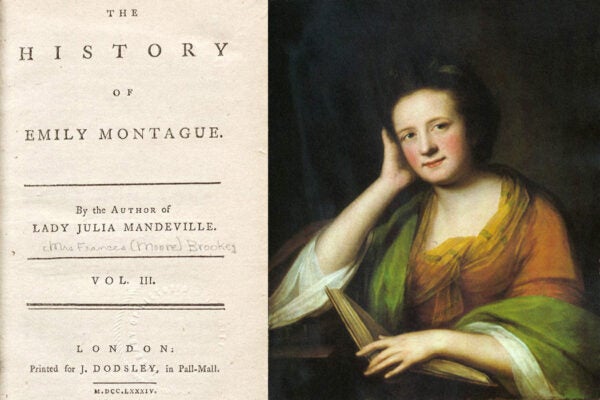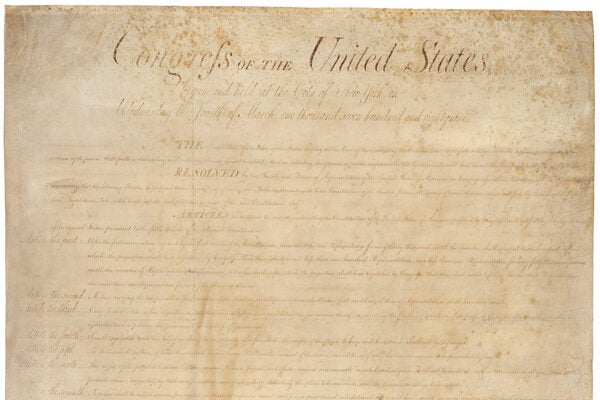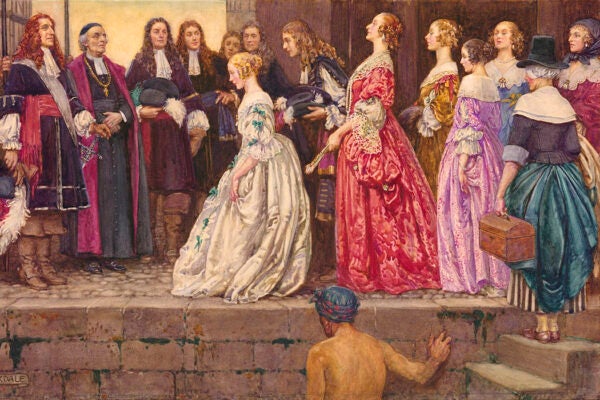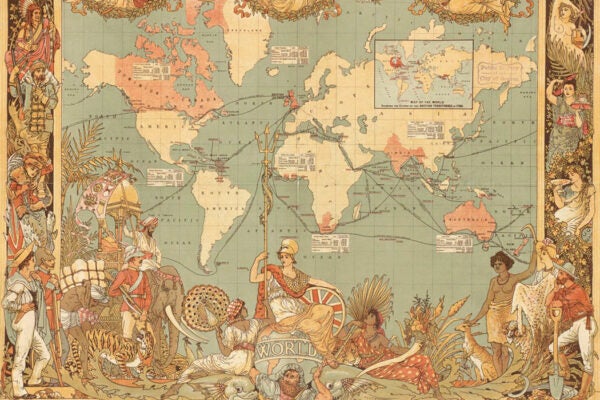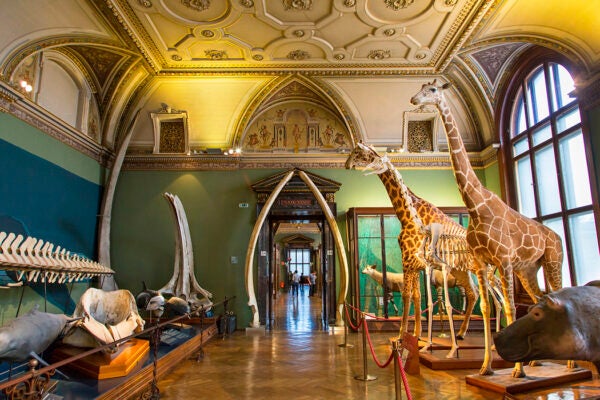Bermuda: The Long and the Shorts of It
A tiny Atlantic outpost once central to Britain’s colonial world, Bermuda’s calm seas conceal centuries of trade, slavery, and superstition.
The Lessons of Due Process in Julius Caesar
Shakespeare's tragedy offers a telling parable about the administration of justice—and rife mishandling thereof—in our day.
The First Canadian Novel
Often considered the first Canadian novel, The History of Emily Montague revealed its author’s true feelings about colonial Quebec.
The Bill of Rights: Annotated
Proposed as a compromise to ensure the ratification of the new US Constitution, the Bill of Rights has become a critical protector of civil liberties.
Actual American Rattlesnakes
Historians are recovering the overlooked history of North America’s Crotalus horridus, the timber rattlesnake.
Black Midwestern Studies: A Reading List
This primer on Black Midwestern Studies examines the factors shaping communities of color in America’s “flyover country,” long mistaken as a place of normative whiteness.
Filles du roi: the Founding Mothers of New France
Sent by Louis XIV, the filles du roi were sent to North America to birth new generations of colonists and help conquer the land.
A Primer on Settler Colonialism
What is this “settler colonialism” that’s become all the rage? Let’s take a closer look.
Natural History: A Reading List
This annotated bibliography samples scholarship on the rich—and difficult—history of natural history.
How Mail Delivery Has Shaped America
The United States Postal Service is under federal scrutiny. It’s not the first time.


